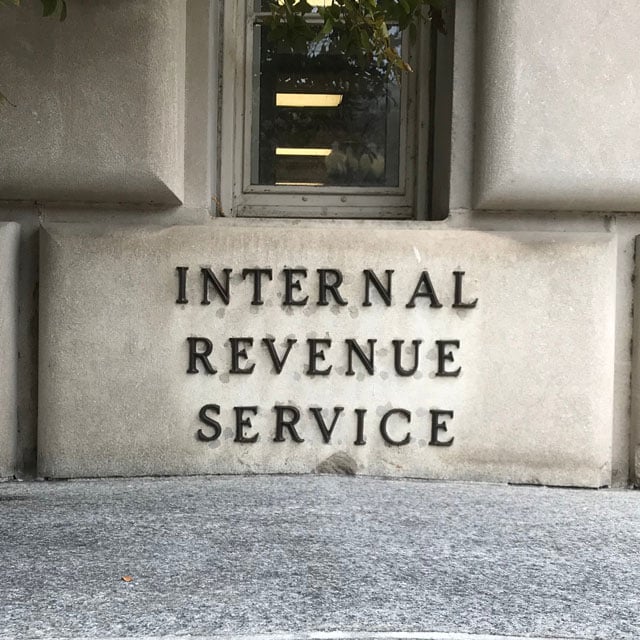New Final IRS Regs Affect Where Annuities Fit in RMDs

What You Need to Know
The final rule will affect when and how certain clients have to take cash out of retirement accounts.
Provisions will affect how clients combine retirement annuity value with ordinary IRA value.
The regulation could affect clients who borrow against their individual retirement annuity value.
The Internal Revenue Service and its parent, the Treasury Department, have posted final regulations that will affect how clients include individual retirement annuities when calculating required minimum distributions, or RMDs, after retirement.
Other provisions in the new final regulations will affect how the tax rules work for certain deferred income annuity contracts, or qualified longevity annuity contracts.
The IRS and the Treasury Department also posted new draft regulations that will affect issues such as what happens to the RMDs when a taxpayer who puts cash in a QLAC gets divorced.
Other regulation provisions cover IRAs inherited by recipients other than spouses and may affect life insurance-based estate and trust planning arrangements.
The IRS developed the new final and draft regulations to implement provisions in the Setting Every Community Up for Retirement Enhancement (Secure) Act and the Secure 2.0 Act.
What it means: The new final rule and draft regulations are long and dense, and financial professionals will have to look carefully for what their tax advisors and professional groups are saying about the new and draft regulations for years.
RMD background: The Internal Revenue Service sees the tax incentives clients get for saving for retirement as a “revenue expenditure,” or loss of tax revenue the federal government otherwise would have collected.
The federal income tax incentives tied to individual retirement accounts will cost the government about $25 billion in revenue this year and about $362 billion in revenue over 10 years, according to Treasury estimates.
To recover some of the tax revenue lost, the government requires holders of retirement accounts with distributions subject to income taxes — or traditional, non-Roth retirement accounts and non-Roth retirement account annuities — to begin taking a minimum amount of cash out, and include the withdrawals in taxable income, starting at age 73.
The new regulations: The new final and draft regulations are set to appear in a preliminary, online version of the Federal Register Friday.




